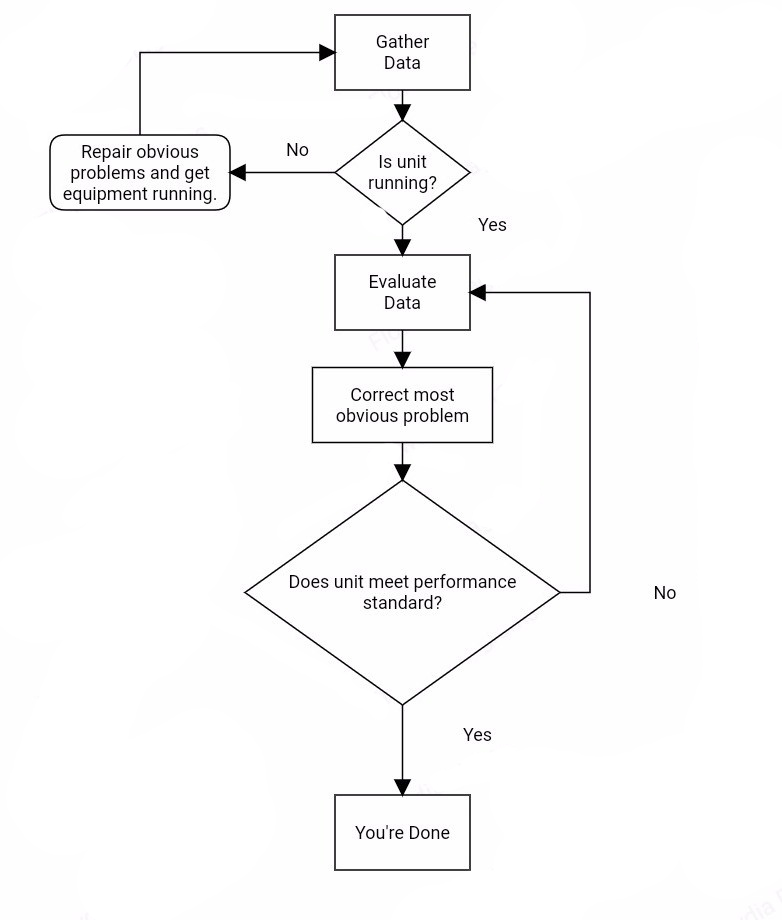Get Tech Tips
Subscribe to free tech tips.
Static Pressure and Combustion Test Ports and Plugs

My good friend and contributor to HVAC School, Neil Comparetto, made this video showing how he creates access ports for static pressure and gas combustion analysis. As techs, we find ourselves in the tough position of needing to drill access holes to take measurements, but the drilling and sealing of the holes can sometimes create real and perceived issues with the equipment. Many techs use high temp RTV Silicone, RectorSeal Duct Seal compound, or even tape. These sealants may be appropriate in some cases, but Neil shows how he uses plugs to make a good permanent access point. Always make sure to leave any work in a well-sealed and workmanlike condition.
You can find many of these items at TruTech Tools HERE.










Comments
To leave a comment, you need to log in.
Log In